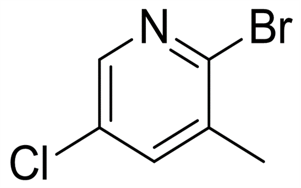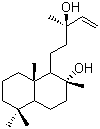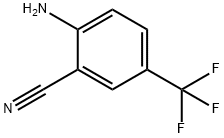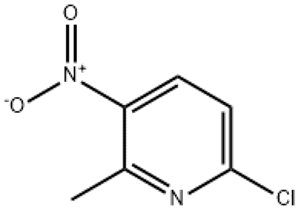2-Bromo-3-methyl-5-chloropyridine(CAS# 65550-77-8)
| Risk Codes | R36/37/38 – Irritating to eyes, respiratory system and skin. R41 – Risk of serious damage to eyes R37/38 – Irritating to respiratory system and skin. R22 – Harmful if swallowed |
| Safety Description | S37/39 – Wear suitable gloves and eye/face protection S26 – In case of contact with eyes, rinse immediately with plenty of water and seek medical advice. S39 – Wear eye / face protection. |
Introduction
2-Bromo-5-chloro-3-picoline is an organic compound with the chemical formula C7H6BrClN. The following is a description of the properties, uses, preparation and safety information of the compound:
Nature:
-Appearance: 2-Bromo-5-chloro-3-picoline is a colorless or slightly yellow liquid.
-Solubility: Soluble in many organic solvents, such as ethanol, dimethylformamide and chloroform.
-Melting point and boiling point: The melting point of the compound is about -35°C, and the boiling point is about 205-210°C.
Use:
- 2-Bromo-5-chloro-3-picoline can be used as a starting material or intermediate in organic synthesis, and it can be used to synthesize other compounds, such as pesticides and drugs.
-It is also widely used in synthetic intermediates, polychlorinated biphenyls, polybrominated biphenyls and pigments.
Preparation Method:
- 2-Bromo-5-chloro-3-picoline is usually prepared by bromination and chlorination of 3-picoline. First, 3-methylpyridine is reacted with hydrogen bromide to obtain 2-bromo-5-methylpyridine, and then the product is reacted with a metal chloride catalyst to obtain the target product.
Safety Information:
- 2-Bromo-5-chloro-3-picoline generally does not cause great harm under normal use conditions. However, it may be irritating to the eyes, skin and respiratory tract, so care should be taken to avoid direct contact.
-Use with appropriate protective equipment, such as chemical gloves, goggles and face shields.
-Good laboratory practices should be followed during use and good ventilation should be maintained.
-Avoid contact with strong oxidants and strong acids during handling and storage.







